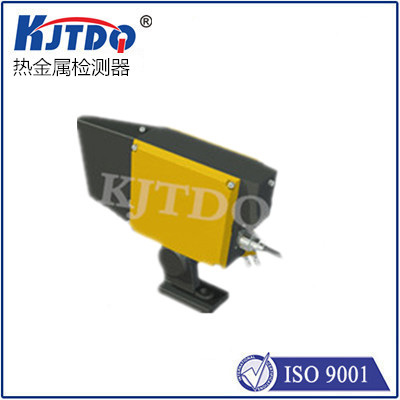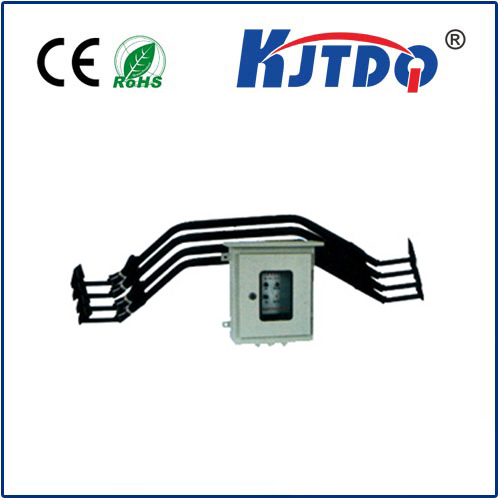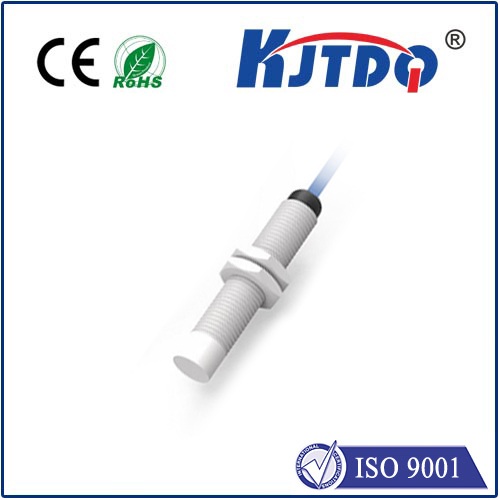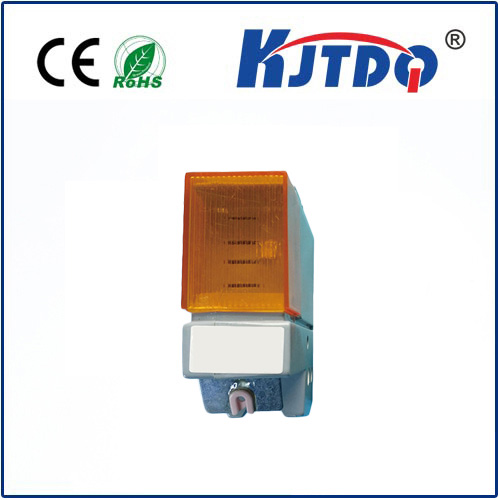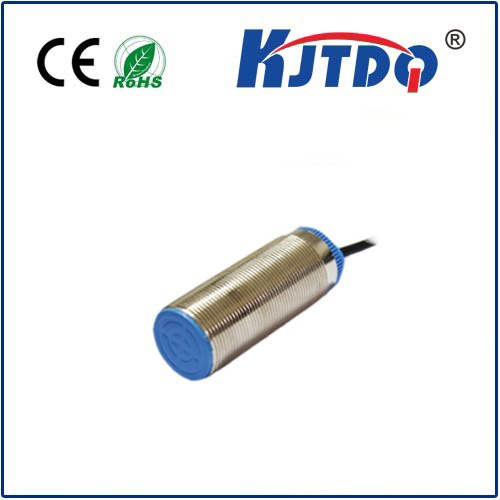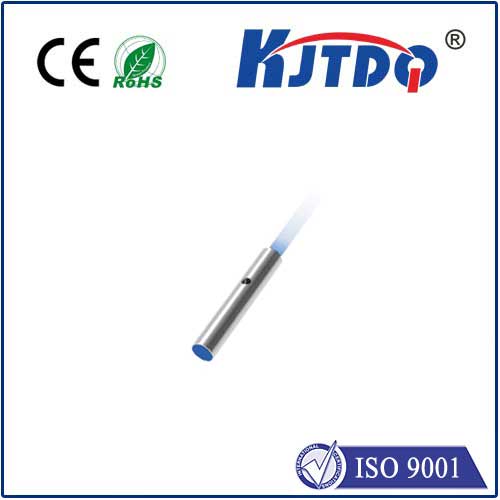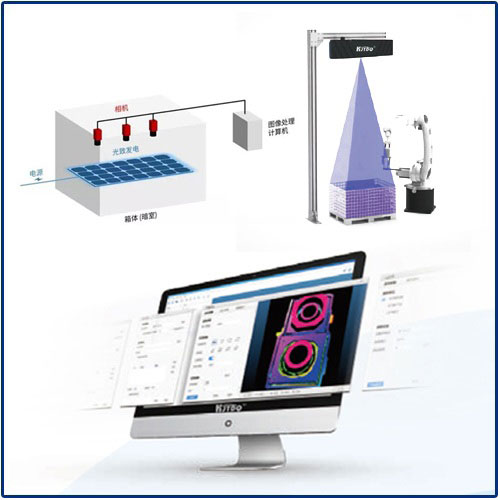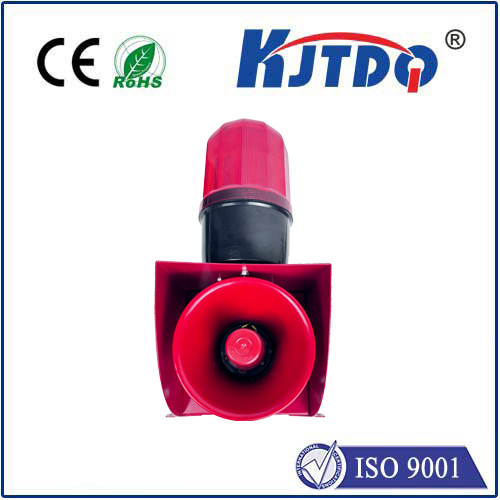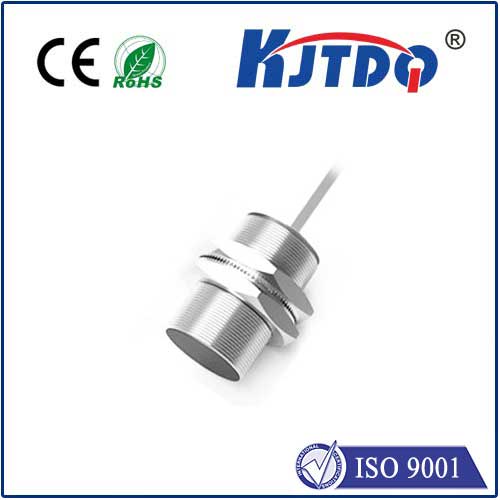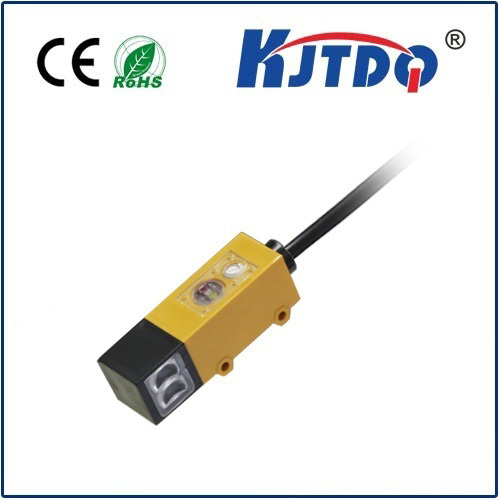
check

check

check

check
Understanding Linear Speed Sensors: A Comprehensive Guide Linear speed sensors are essential components in a variety of industries and applications, providing accurate measurements of linear velocity for numerous mechanical processes. In this article, we will explore the basics of linear speed sensors, their types, applications, and benefits. What is a Linear Speed Sensor? A linear speed sensor is a device used to measure the speed at which an object moves in a straight line. These sensors play a crucial role in monitoring motion, ensuring that machinery operates within desired parameters, and enhancing overall process efficiency. They convert the physical movement into electrical signals, which can be easily interpreted by control systems. Types of Linear Speed Sensors There are various types of linear speed sensors available, each suited to specific applications and environments. The most common types include:
Inductive Sensors: Often used in industrial settings, these sensors operate on the principle of electromagnetic induction. They are reliable and durable but may require close proximity to the target object.

Capacitive Sensors: Ideal for non-contact measurement, capacitive sensors detect changes in the electric field between the sensor and the moving object. This type is often used in applications where hygiene and contamination are concerns, such as in the food and pharmaceutical industries.
Magnetic Sensors: These sensors rely on magnetic fields to detect motion. They are particularly useful in harsh environments or when measuring the speed of ferrous objects.
Optical Sensors: Using light to detect motion, optical sensors can be either contact or non-contact. They provide high accuracy and precision, making them ideal for applications requiring stringent performance criteria.
Hall Effect Sensors: Based on the Hall effect, these sensors detect changes in magnetic fields caused by moving objects. They are known for their long lifespan and robustness. Applications of Linear Speed Sensors Linear speed sensors are widely used across diverse sectors due to their reliability and precision. Some notable applications include:
